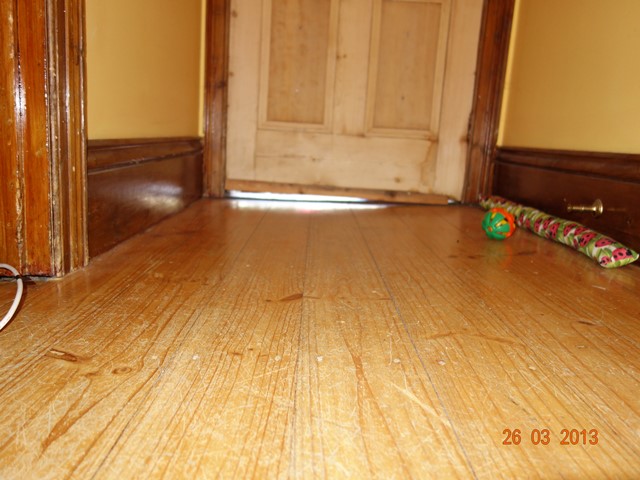
Mr Inspector conducts building and pest inspections around Melbourne and regularly comes across all types of defects.
For the purposes of a pre-purchase building inspection there are a number of defects or degrees of defects that we need to report on. Each Building Inspection includes an assessment of – major, minor, structural, maintenance and safety defects. Under the scope for Pre-Purchase House Inspections each defect should be described – what it is, where it is located and what is required to rectified. Technically a building inspector does not have to report on each individual minor defect but just give an overall opinion in relation to these.
A question we always get asked is – What is a major structural defect?
Mr Inspector gets asked this question by clients normally because the “get out” clause in their contract states words similar to “Subject to a Major Structural Defect” and I will attempt to answer that question here.
This “subject to a major structural defect” clause is normally included in contracts of sale by the estate agent of vendor and is more beneficial to the vendor than it is the purchaser and I would never accept this clause if I was purchasing a home.
What is a Structural Defect – I found numerous definitions for this all over the web and the best one could find was Regulation 71 a definition in a NSW Home Building Regulations – 2004.
In this Regulation a “Structural defect” means any defect in a structural element of a building that is attributable to defective design, defective or faulty workmanship or defective materials (or any combination of these) and that:
- results in, or is likely to result in, the building or any part of the building being required by or under any law to be closed or prohibited from being used, or
- prevents, or is likely to prevent, the continued practical use of the building or any part of the building, or
- results in, or is likely to result in:
- The destruction of the building OR any part of the building, or
- Physical damage to the building or any part of the building, or
- Results in, or is likely to result in, a threat of imminent collapse that may reasonably be considered to cause destruction of the building or physical damage to the building or any part of the building.
Structural element of a building means:
- any internal or external load-bearing component of the building that is essential to the stability of the building or any part of it, including things such as foundations, floors, walls, roofs, columns and beams, and
- any component (including weatherproofing) that forms part of the external walls or roof of the building.
Mr Inspector is not a lawyer but the point above re weather proofing could mean a roof covering by this definition, so that a rusted roof could be classified as a major structural defect – I will try to get further clarification re same.
Conclusion
I believe there are differing degrees of major defects and an experienced building inspector should be able to help you in explaining this. A good example is a home with just one rotten stump footing – this is a structural defect but is it major? Well technically, I think you could mount a good argument that it is “major” but is it worth walking away from a home you really like because of one stump with rot that in the overall scheme of things, will probably only cost you about $400 to rectify.
On the other hand if the entire home required re-stumping then this may be a reason to walk away or negotiate a better price subject to an accurate and independent quote.
I hope this post has assisted Mr Inspector’s followers and house inspection clients and if you have queries please feel free to contact us.

Peter has a Diploma of Building Surveying which makes him one of the few in Melbourne who are Qualified to carry out building inspections as per the Building Act 1993. He is also qualified in Timber Pest Inspections (Cert 3), Pool Barrier Inspection (Certificate 11077454) and Non-Friable Asbestos Awareness and removal.

